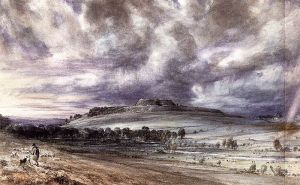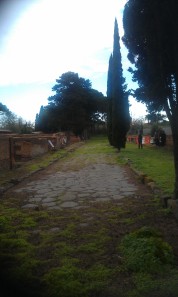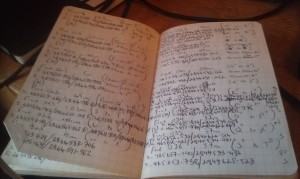
Blog Catch-up #1: Archaeology and Survey in the Nile Delta at Naukratis
Due to commitments in the field over the last month or so it has proved difficult to keep up to date with the blog. Now seemed like a good time to produce a few posts to highlight some recent fieldwork and site visits, starting with a recent survey at Naukratis. In May 2014 I conducted geophysical survey at this archaeological site in the Nile Delta.
Continue reading →








